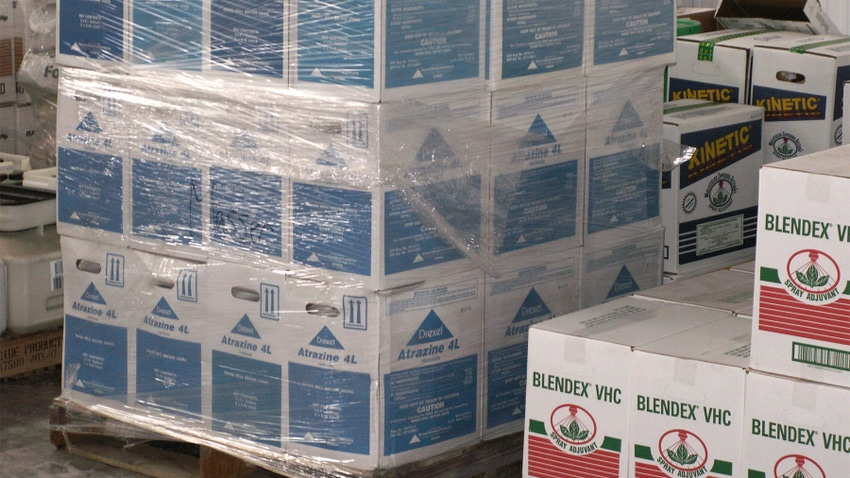October 31, 2023

by Dwight Lingenfelter
For many reasons, some farmers buy bulk inventory of herbicides, pesticides or adjuvants during the fall and winter.
Whether they are worried about lingering supply chain issues or because it makes economic sense for them, some make these purchases well before the growing season begins.
If you are one of those producers, start talking to your dealer now. The intent is not to stockpile products but to have a modest supply for use during the next growing season. Keep in mind that many herbicides, especially liquid products, don’t have a long shelf life. Make sure to keep your inventory fresh, and don’t purchase more than what you can use within two to three years.
In general, dry products tend to last longer if properly stored, but their effectiveness still degrades over time. Also, when placing herbicides on storage shelves, make sure to put the dry products on the upper shelves in case the liquid products leak, so they can’t contaminate your dry materials.
Watch temperatures
Aside from having a secure and dry storage facility, one of the biggest concerns when storing herbicides over the winter is low temperatures in the storage room. In general, freezing temperatures can change and negatively affect the chemistry of some pesticides inside the container and can also damage the container itself.
Premixed liquid products that contain multiple active ingredients seem to be affected more by low temperatures than products with a single active ingredient. Some premixes tend to separate in the container and can be difficult to get back into a homogeneous liquid before use in spring.
Pesticides are best stored between 40 and 90 degrees F. However, it seems many herbicides, especially the newer formulations, are not affected as much by low storage temperatures.
Many labels — for example, atrazine, 2,4-D, LV4, Acuron, Anthem Maxx, Corvus, metribuzin, Gramoxone 3.0, Sharpen, Enlist One, Valor, Osprey, Quelex, most dry herbicides and many others — have no minimal temperature limit. They simply state that the product should be stored in its original container and in a dry, secure location.
Some labels stipulate that the product should not be in direct extreme heat or sunlight. Other products — such as Liberty, Prowl H2O/EC, Halex GT, Pursuit, Reflex, Crossbow and others — have specific minimum temperature limits that range between 40 and minus-10 degrees, depending on the product.
A few products such as Prowl H2O, Engenia, Weedar 64 (2,4-D amine) and others can freeze and be used once thawed. But make sure to slowly warm the product for several days and shake periodically. If the contents do not redissolve into a consistent mixture, it probably should not be used. During this process, check the container for cracks by slowly inverting or rolling it on the ground.
To be sure, it is best to read the “storage and disposal” section of the product label. And keep in mind that all these considerations are useful for adjuvant products as well.
Farm chemicals are expensive. It’s a good idea not to crow about your full storehouse. Otherwise, you may find it not so full one morning.
For more details and other useful links, refer to the National Pesticide Information Center’s website at npic.orst.edu.
Lingenfelter is an Extension associate of weed science with Penn State Cooperative Extension.
You May Also Like




